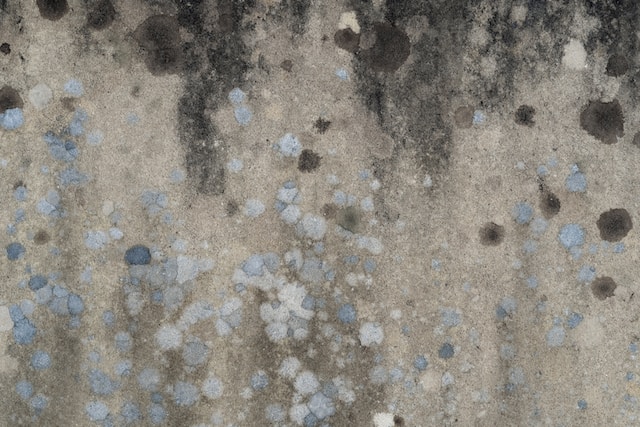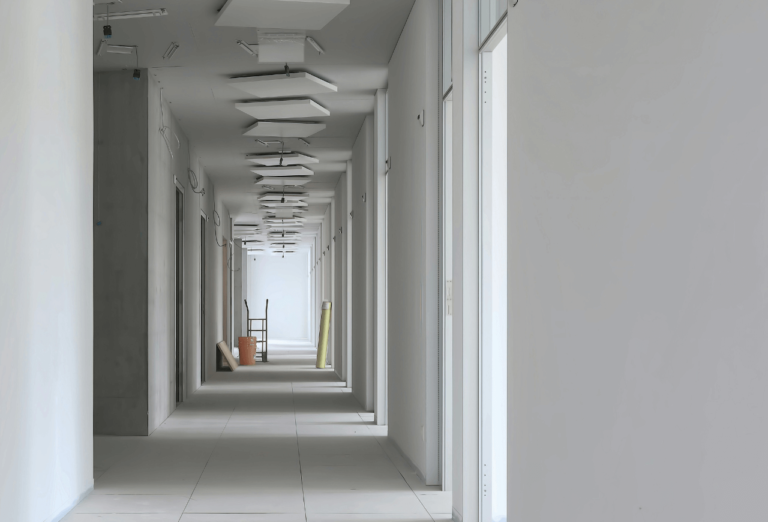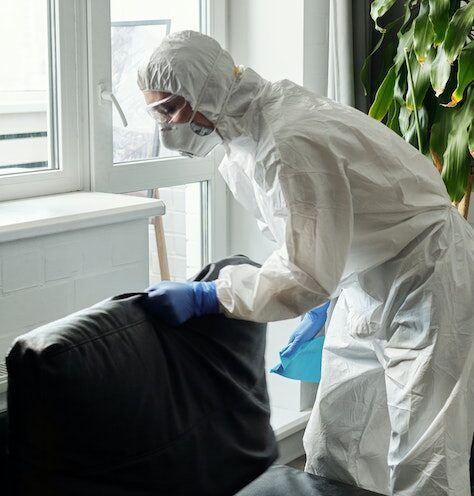There’s nothing quite as annoying as seeing a nasty black film spreading across your shower wall, or noting the signature musty odor of a mold infestation. The sad fact is that by the time you see visible signs, the fungus could have spread deep into your walls, necessitating expensive removal, replacement, and sanitation.
“Mold” is really a catch-all term for a variety of different fungi that thrive in the home rather than one discrete species. These organisms reproduce by releasing tiny spores in the air, which then land and begin to develop into their own colonies that, if left unchecked, will become visible to the naked eye and continue to grow as long as there are adequate resources. The issue may become so severe that you need the help of a qualified Portland water damage restoration company, who can destroy the colonies to keep you and your family safe.
Most mold is quite adaptable, and it only needs three conditions to thrive: moisture, nutrition, and a suitable ambient temperature. If you’ve ever turned over a damp log to see a rainbow of different molds, you’ll know that they love damp environments, particularly ones that are relatively shady. Food, in this instance, includes nearly anything organic – including tiny dust particles that you don’t even realize are there. Lastly, household molds are comfortable in about the same temperatures as we are, though they will reproduce faster if it’s on the warmer side of that scale.
Given this information, where are you most likely to find mold throughout your home? Let’s take a look at the five most common areas of a Portland house which nurture mold growth.
Bathrooms are a prime mold zone
Poorly ventilated bathrooms are a fungal paradise: they’re shady, warm, and moist, offering a variety of nutritious substances in the form of human skin sloughed off in the shower or bath. Nearly anywhere inside a bathroom can support a thriving ecosystem of molds, including showers, bathtubs, sinks, toilets, and even the floor tiles.
If you don’t have a fan system or if any of the water sources in the room leak, you are more than likely going to experience a serious mold problem sooner rather than later.
If your basement isn’t sealed, you’ll have some unpleasant houseguests
Basements are the next area that is often taken over by fungal colonies; this is especially true in rainy Oregon, where constant precipitation will trickle down and cling to the walls of your home’s lowest level.
While they can occur anywhere, mold thrives best near a constant source of moisture – and fortunately for them, most basements offer this in abundance. Water shutoff valves and hot water heaters become prime stomping grounds for spores, which can spell big trouble for your family if they begin to breed within the pipes. Mold-infested water can cause serious health complications, especially for children, the elderly, and immunocompromised individuals.
Your laundry room might be the reason your clothes smell musty
Given that many laundry rooms are located in a basement, they experience the unfortunate double whammy of being in a mold-conducive area and holding appliances hooked up to a water supply. It takes just a small leak to invite fungi in, and given that the water connections for a washing machine are close to the wall, you may not notice the trickle until there is already a well-established colony living there. Add this to the fact that mold is happy to eat nearly any organic material, including dryer lint, and you have a recipe for disaster.
Another factor is that washing machines must drain a large amount of water for each cycle, and this can easily splash up from the drain and seep into the floor. If paper, lint, or a lost sock gets soaked from this spray, you have an excellent forecast for continued mold growth in the area.
Unclean kitchens can sprout mold too
Kitchens have a saving grace here, which is that most of us keep our kitchens very clean for food safety reasons. However, every room has a variety of nooks and crannies that we might not check for mold until we notice a funky smell in the air. Some of these spots include under and above sinks, behind appliances, and in pantries, thanks to their close proximity to both warmth and moisture.
Having mold anywhere near your food is a very bad thing: it can make you seriously ill, which is why you should make it a habit to tidy every area of your kitchen at least once a week to banish any potential fungal colonies.
Your attic may be making you sick, too
Lastly we have a place you may never have expected: your attic. This dark, warm spot can easily turn into a mold sanctuary if you don’t have proper ventilation, as humid air will rise and begin to condense on the eaves. All roofs have vents that allow them to take in and release air; in other words, your attic must “breathe” to keep air circulating. If an intake or exhaust vent becomes clogged, or if water enters the attic and can’t evaporate quickly, you will likely experience mold growth. Every time you open your attic, mold spores will float down and enter the rest of the home, causing breathing issues and potentially sprouting more colonies all along the way. Your attic may truly be a ticking time bomb – and one you never considered.
When you notice a mold spot, call water damage restoration experts to assess the area
Mold isn’t just unsightly – it can also be deadly. For those with weakened immune systems, a respiratory infection can cause serious health effects, which is why it’s essential that you take care of any mold growth as soon as possible. The spots and splotches you see are just the tip of the iceberg, and you can’t know the full extent of the damage unless you get the area properly assessed. When in doubt, contact the professionals, who can help you develop a plan to remove the mold and reduce the risks to your family.



